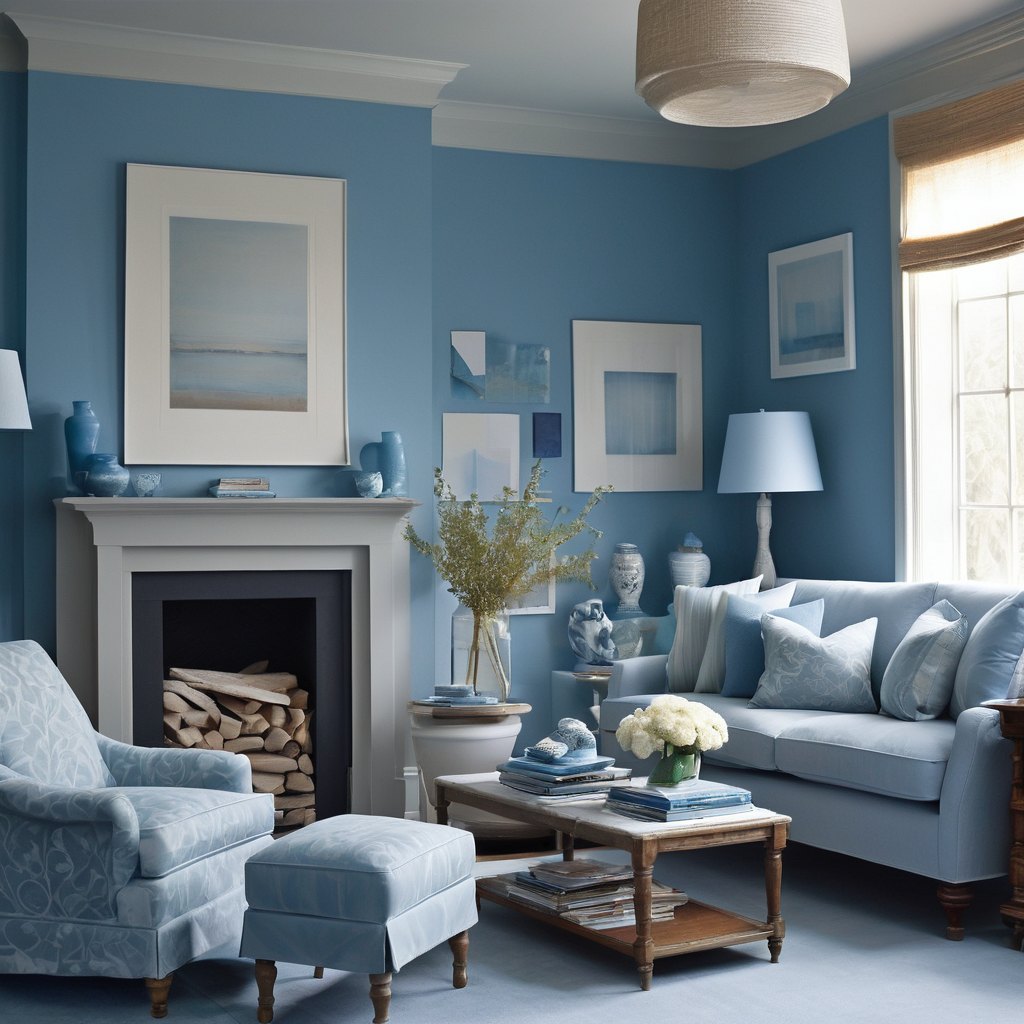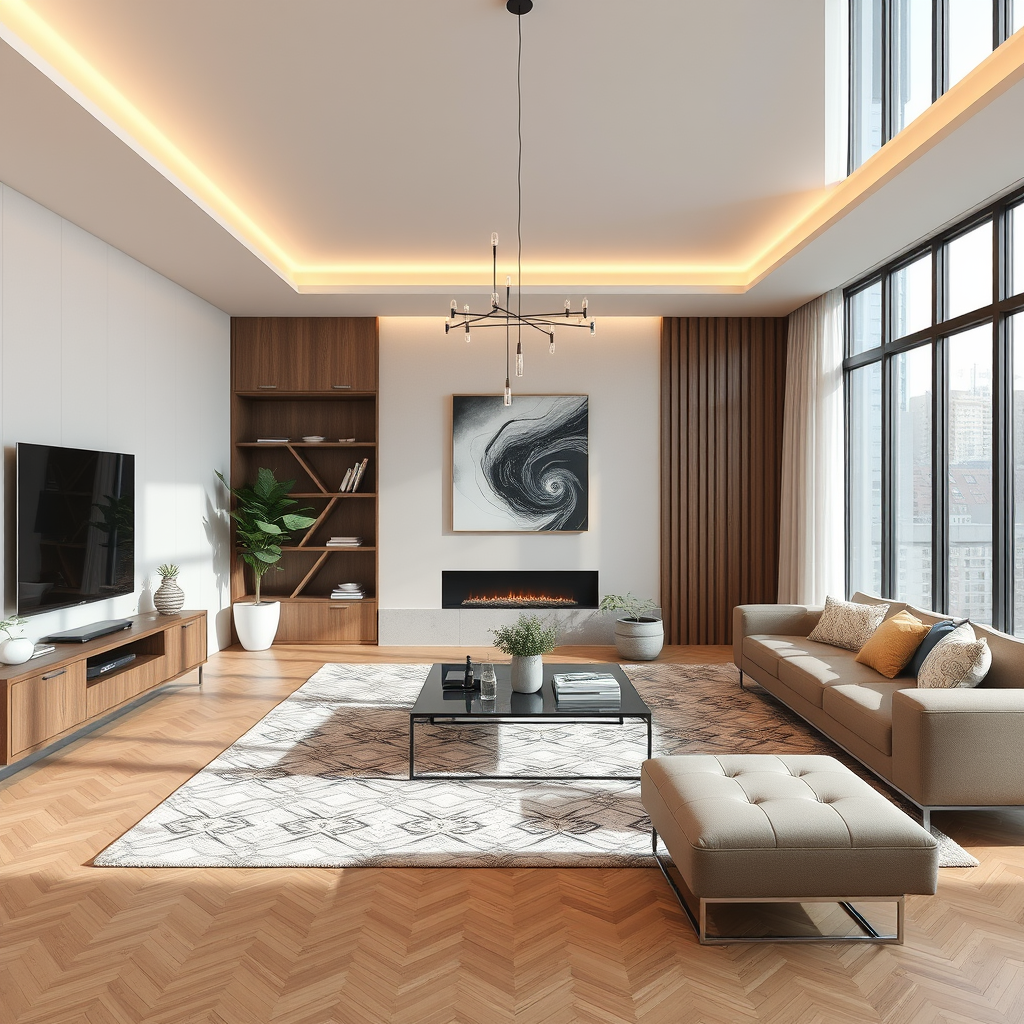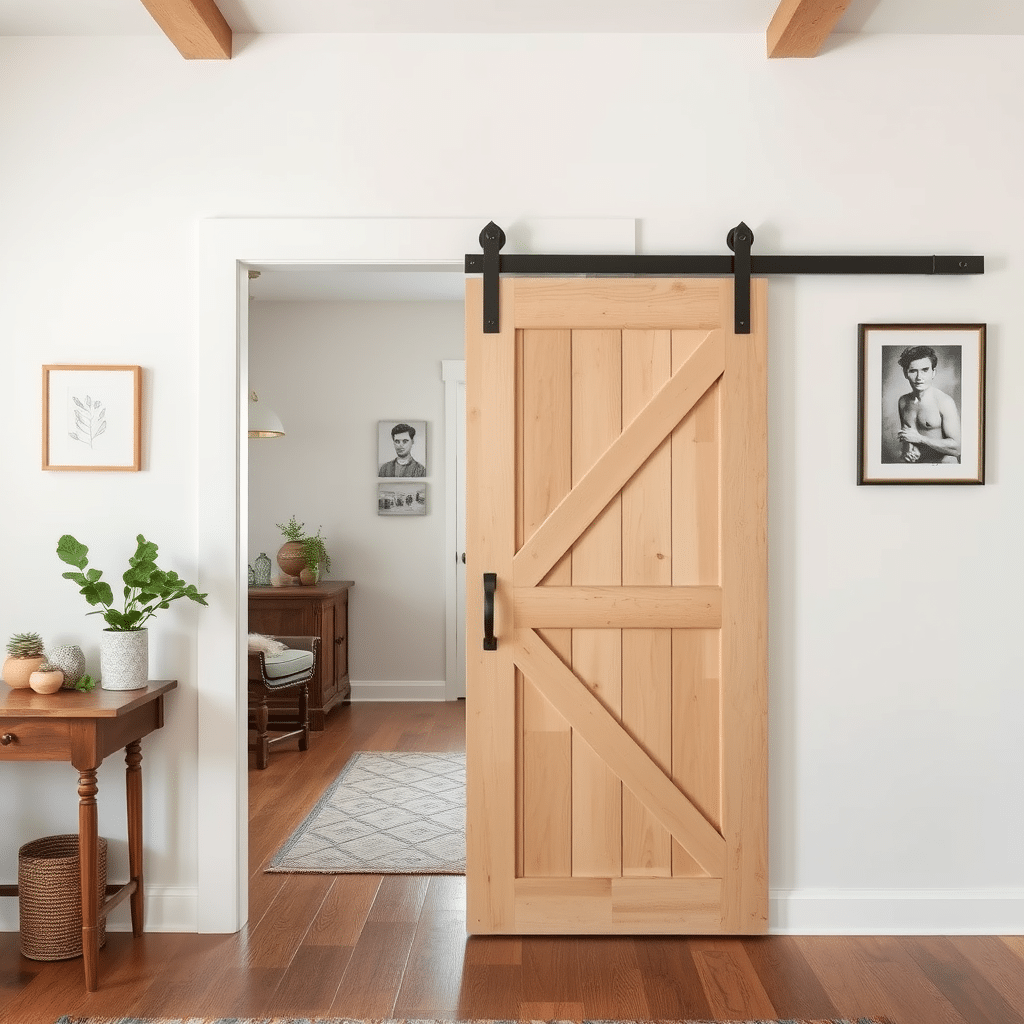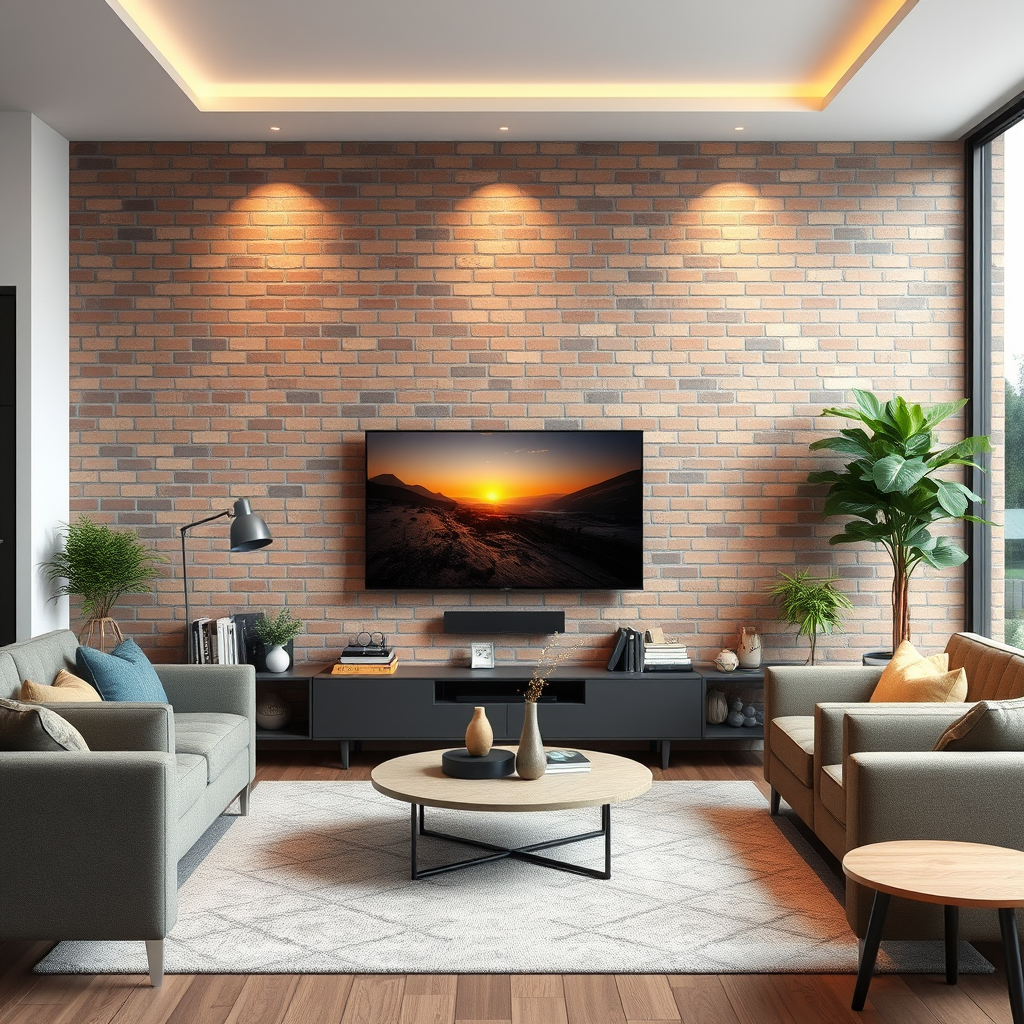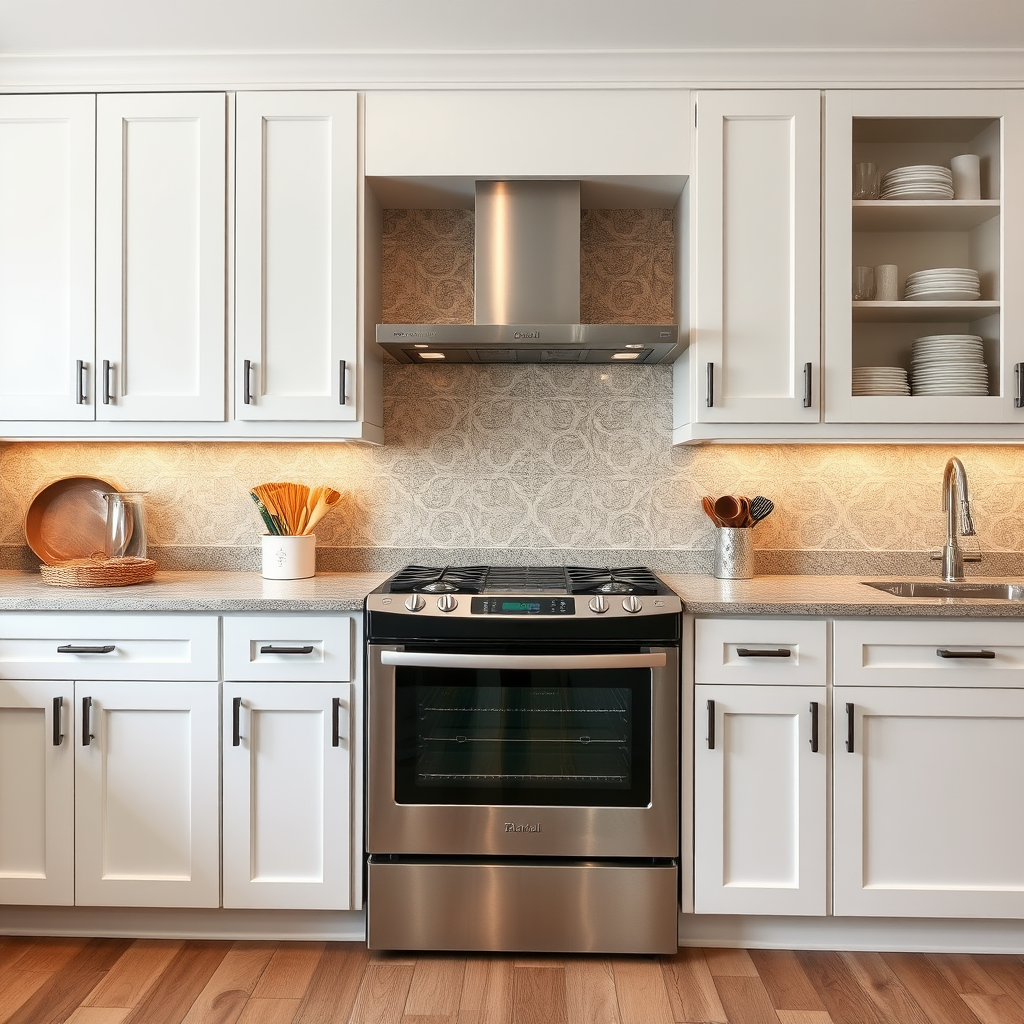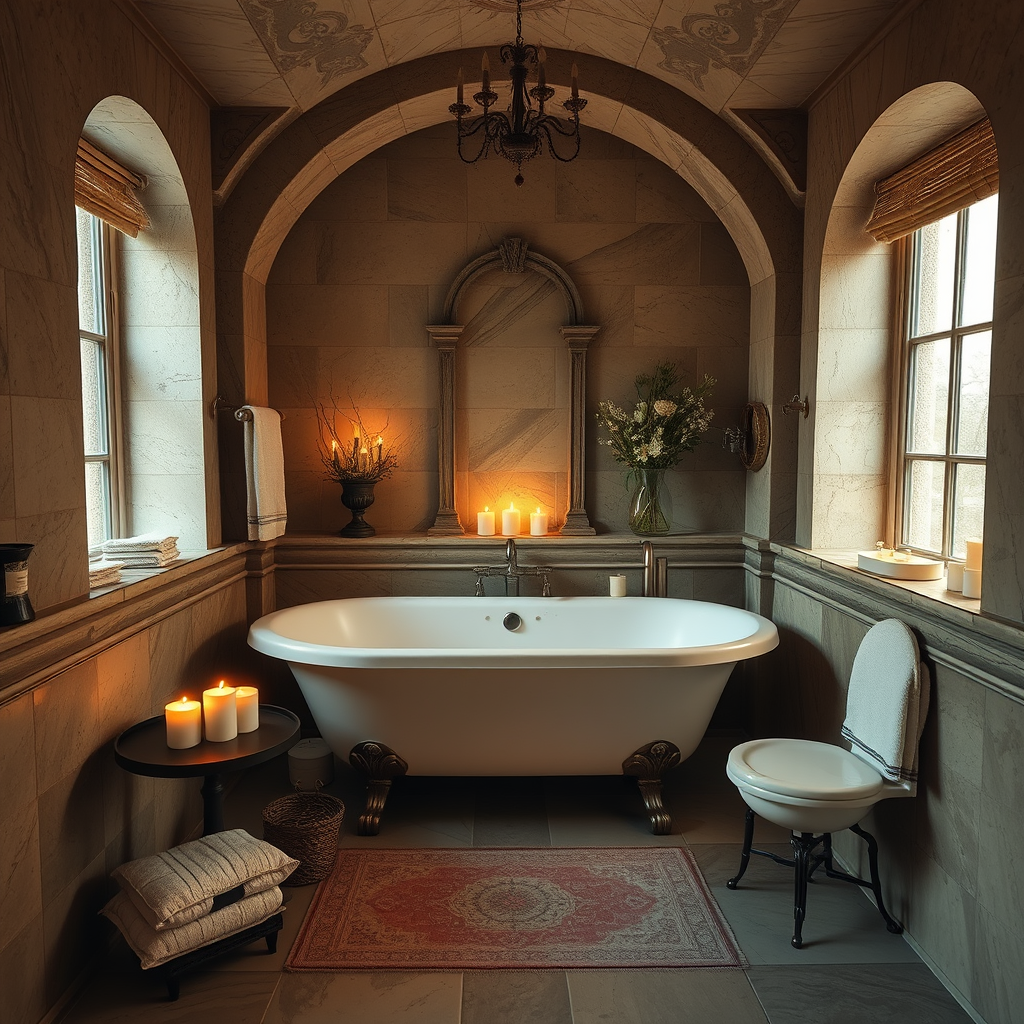In the realm of interior design, color holds the power to transform spaces, evoke emotions, and convey personalities. Among the myriad of hues available, blue stands out as a timeless and versatile choice that effortlessly brings serenity, sophistication, and depth into any room. From tranquil aquamarines to bold navy tones, the spectrum of blues offers endless possibilities for creating captivating interiors.
Blue, often associated with tranquility and calmness, has a profound psychological effect on individuals. Incorporating shades of blue into interior spaces can induce a sense of relaxation, making it an ideal choice for bedrooms, living rooms, and meditation areas. Soft, pale blues such as powder blue or sky blue can create an airy and soothing ambiance, perfect for promoting restful sleep and peaceful contemplation.
However, blue is not limited to creating tranquil environments; it also has the power to energize and invigorate spaces when used in bolder shades. Rich navy blues or vibrant cobalt hues add depth and drama to interiors, making them ideal for accent walls, furniture pieces, or statement accessories. When paired with contrasting colors like white or yellow, these darker blues can create striking visual contrasts that infuse spaces with dynamism and vitality.
One of the most remarkable qualities of blue is its versatility and ability to complement a wide range of design styles. Whether it’s coastal, contemporary, traditional, or eclectic, blue seamlessly integrates into various design schemes, adding character and sophistication to any setting. In coastal-inspired interiors, shades of turquoise and seafoam evoke images of sun-kissed beaches and crystal-clear waters, while in contemporary spaces, cool steel blues and icy greys create a sleek and minimalist aesthetic.
Moreover, blue has the remarkable ability to visually expand smaller spaces, making them appear larger and more open. Lighter shades of blue reflect natural light, creating an illusion of space and airiness, which is particularly beneficial in compact apartments or rooms with limited natural light. By strategically incorporating blue accents or furnishings, designers can enhance the perceived size of a room while maintaining a sense of tranquility and elegance.
When it comes to incorporating blue into interior design, the key lies in balance and harmony. While blue is undoubtedly a captivating color, overuse can overwhelm the senses and create a cold or sterile atmosphere. To strike the perfect balance, consider combining different shades of blue with complementary colors such as white, beige, or soft greens. Introduce texture through fabrics, rugs, and decorative accessories to add warmth and visual interest to blue-dominated spaces.

